Note : Because the Old Pale Empire plays such an important role in the history of Magicians' End and existed for such a long time, there is a dedicated timeline associated with this article, which you can find at the bottom of the page. It provides a more comprehensive list of events that were important within the Empire but perhaps not significant enough within the greater history of the world to be included on the higher level historical overview for Magicians' End and its overarching timeline.
The age of the Pale Empire officially began when
Hanrith I declared himself Emperor on 14th Authon, 4542 BPC, following the surrender of the city of Tylisfort, to the combined forces of an alliance which by this time already consisted of all of the major cities in the north and east of
Myruthea. In an astute and carefully prepared poltical move, Hanrith, a former general from
Klaractazum, was able to announce the formation of the Empire through the medium of a document called "
The Declaration of the Domains of Greater Pale", proclaimed on 14th Authon 4542 BPC, which had the overt and covert support of leaders of opinion and key military figures throughout the former alliance.
His capital was the central plains city of
Zalgurim, a pragmatic choice in a location with good communications to all parts of the new Empire.
Hanrith offered powerful positions for his supporters within a new governing structure, headed by a body called the
Ecclesia and his coup against the existing leaders within the member city states, was achieved with only some token resistance. Most were happy to be given roles inside the Ecclesia and those that did object were ruthlessly suppressed. When Emperor Malgern took power in 4518 BPC, however, some political tensions had re-emerged and he felt the time was right to use a traditional technique for uniting his people by cementing their loyalty against a common enemy. He made sure to make one very quickly and began a short war with the
Jebbin League, the only other significant power block on the continent which had remained independent of the Empire. This culminated in the battle of Jebbin Bay on 19th Tivith 4514 BPC, after which the League surrendered and any remaining doubts about the Empire within the founding cities, vanished in the euphoria of a military victory.
In 4490 BPC, the Empire made an ambitious and naked power grab, when it sought to annex northern
Punjuki, launching the
Northern Punjuki Campaign in an ultimately successful effort to gain full control of the
phryne trade and the other rich resources that could be found on the southern continent.
Thirty years after the end of the wars in Punjuki,
Empress Galea initiated a fresh expansionist war, when she looked to the west, wishing to gain control over
Tinturbean. Once again, the motive was profit for a rich mercantile class who resented the terms of trade which they were obliged to accept according to the rules of the New Western Allies and the Trinity Moon Resurrection, two of the more powerful political forces governing in Tinturbean at the time. The Tinburbean Wars would last for twenty eight years, before they concluded with the effective conquest of the contintent with the surrender of the city of West Anchor.
In 4414 BPC the Empress turned her attention towards the far north of
Myruthea. The land here had been buried under deep ice for many years after the
Sundering and the towns and cities that were once to be found here were, in many cases, little more than ruined foundations. Roads had been destroyed, farmland flattened, the course of rivers were altered and the countryside that had returned, though beautiful again was wild and would have been utterly unrecognisable to those who had lived here in ages past. It was time to think about building here again and work began in what was left of the once famous town of Peld on the northern coast. In truth, hardly anything remained of the original settlement and it was really the making of a new town which shared little other than a name and a location with the old one, but it was an important step in the ongoing reclamation of these lost lands.
During the reign of
Emperor Dravidik I, which began in 4382 BPC, the Empire was still suffering from some of the problems of social cohesion produced by its relatively recent and rapid expansion. Dravidick I promoted the
Imperial Faith as a partial solution and in the years that followed, it would come to act as a unifying cultural force, providing a sense of identity for the citizens and helping to hold the Empire together.
In 4332 BPC, Admiral Romein launched a famous expedition from the port of Peld to revisit
Zisleth for the first time since the
Sundering. Surprisingly, he found the old ruins of the
Kingdom of Snowborne in a better state than the ravaged lands of northern
Myruthea and
Tinturbean had been. It was theorised that being at the very epicentre of the effects of the
Sundering, it had oddly left less of an aftershock, as though the eye of the storm was protected from its worst effects. Nevertheless,
Iceholt and
the Axial Tower were undeniably very badly damaged, uninhabited and uninhabitable. After a survey of the coast and the remaking of maps,
Zisleth was left alone. It was clear that the deep cold which had retreated elsewhere, still haunted the polar continent, and any ideas the Empire might have had about recolonising the ancient
Kingdom of Snowborne were abandoned. The modern climate was simply too inhospitable.
Between 4281 BPC and 4274 BPC, the Empire pushed its frontiers south in the Southern Punjuki Campaign, completing the conquest of the continent. The southern settlements were smaller and less powerful than the northern cities and it was a relatively easy military success for the much stronger Empire.
In 3920 BPC there was an uprising on the continent of
Tinturbean which had been fueled by resentment about taxation levels and a perceived lack of representation within the
Ecclesia. "Tinturbean First", a popular movement with supporters in all the major cities, attempted to take control of the ports and began by burning ships in the harbour at
Tarris.

Magicians' End - Tarris - Ship Burning by DMFW with Midjourney
After a number of targetted assasinations, there was an open rebellion which took eight years for the Empire to quell.
Between 3292 and 3286 BPC, the
Old Pale Empire Road was constructed, providing a direct route over the Eroveth Mountains and better links between the western and eastern halves of
Myruthea. Over time, this road altered the balance of power within the cities of the Empire, favouring the previously less well developed western regions which already had good access to
Tinturbean and could now maintain good connections with the traditional centres of power in the east and with
Punjuki. In 3120 BPC, the capital was moved from
Zalgurim to the city of
Honirham by Emperor Dravidik IV, an acknowlegement of its central location across all three continents now controlled by the Empire.
The War of the Three Sisters, which broke out in 2833 BPC, was a four year civil war for the succession of the Empire, which shocked commoners and aristocrats alike with its surprising ferocity. The linked article has a detailed history and timeline for this particularly noteworthy and bloody episode in the Empire's history.
The era between the end of the
War of the Three Sisters and the
Planar Conformation marks the longest period of sustained world peace which Magicians' End has ever known. For more than two and a half thousand years there was a steady increase in standards of living and the trappings of civilisation, uninterupted by the spasms of war or rebellion. This is known as the golden age of the Empire and many who lived through these years often thought fondly of the era, as if it characterised the whole glory and honour of the Empire, even to the point where they could forget its violent beginnings. In a brief history such as this one, which might seem to lurch from one war to another, it may seem that there is little to talk about here. It was a time of mainly civil actions when the
Ecclesia took more and more power from the
Emperors. It was a time when artistic and sporting achievements were celebrated over military ones and when improvements in transport, celebrity weddings and criminal trials made all the news. You may see these on the Empire timeline at the bottom of the page, but they are not momentous enough to trouble the main timeline of the world history of Magicians' End. Yet an event was coming that would shake the world to its core and bring a final end to the Old Pale Empire...









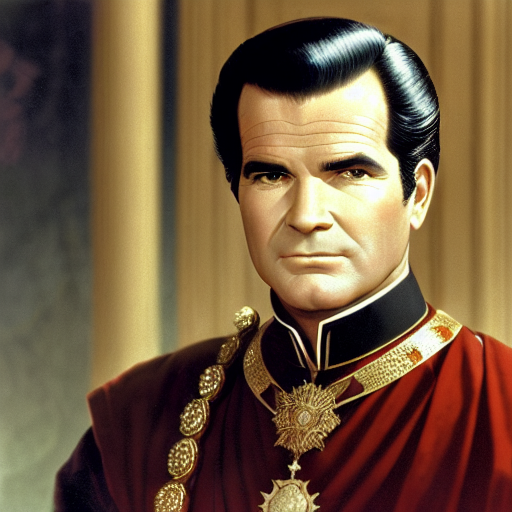

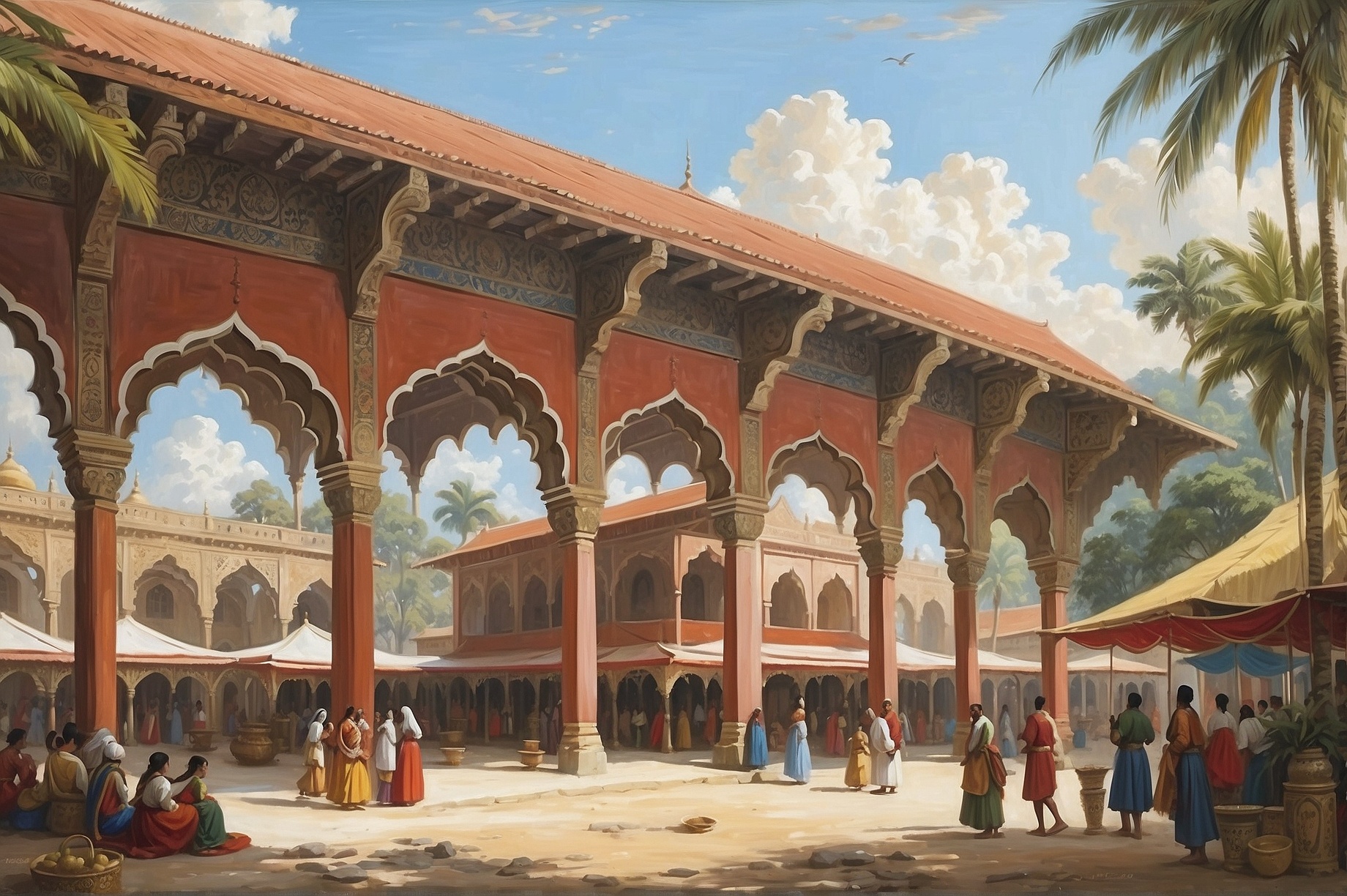






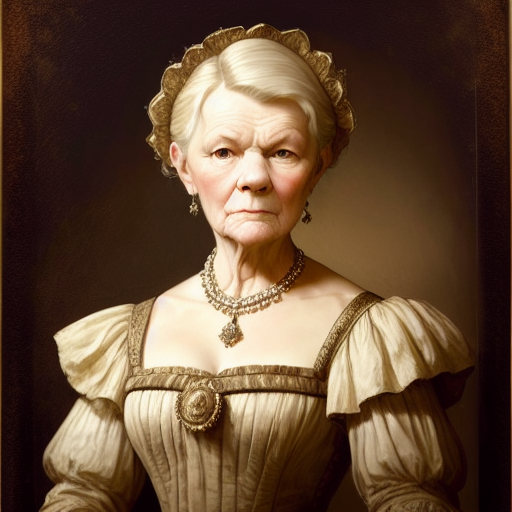
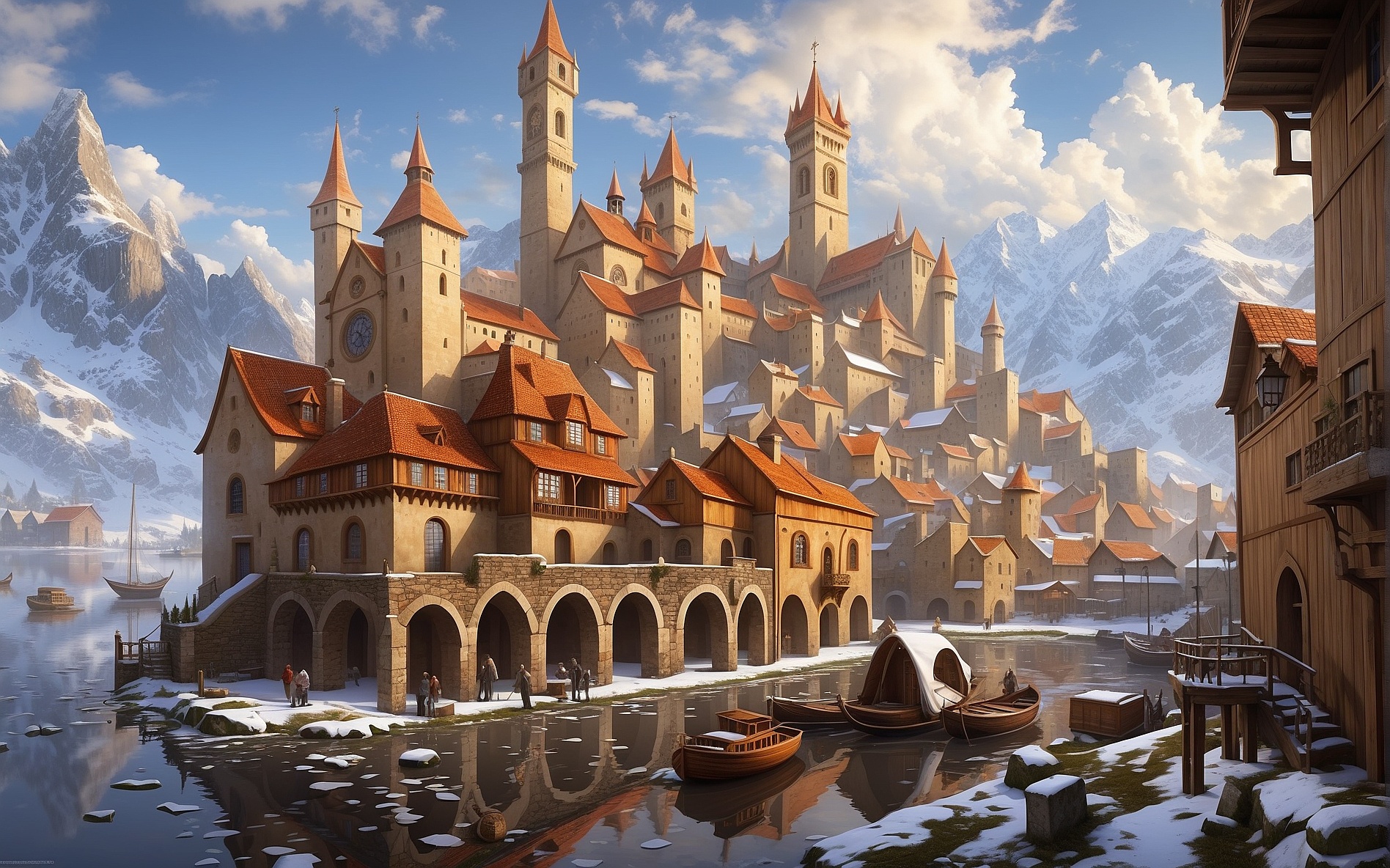



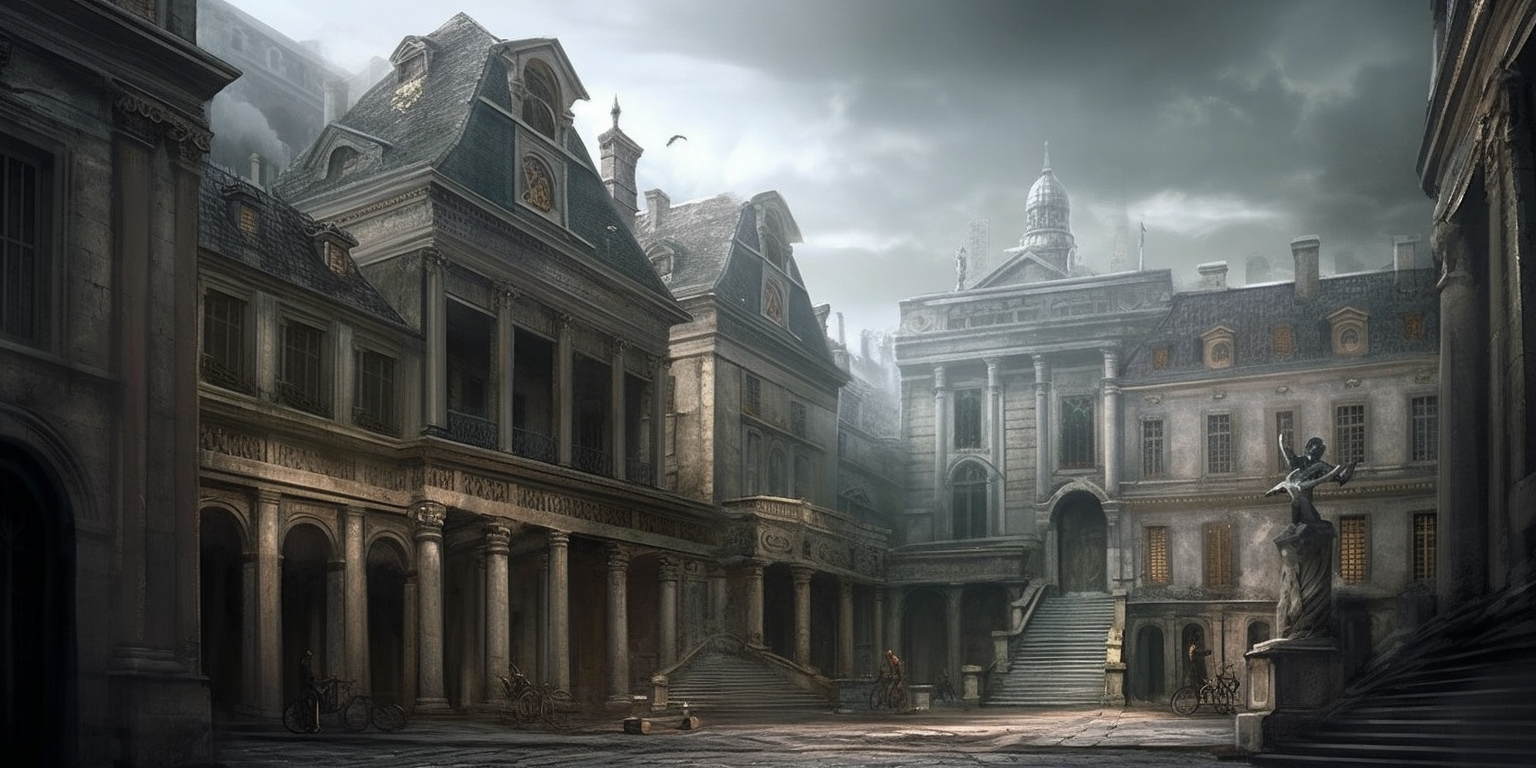
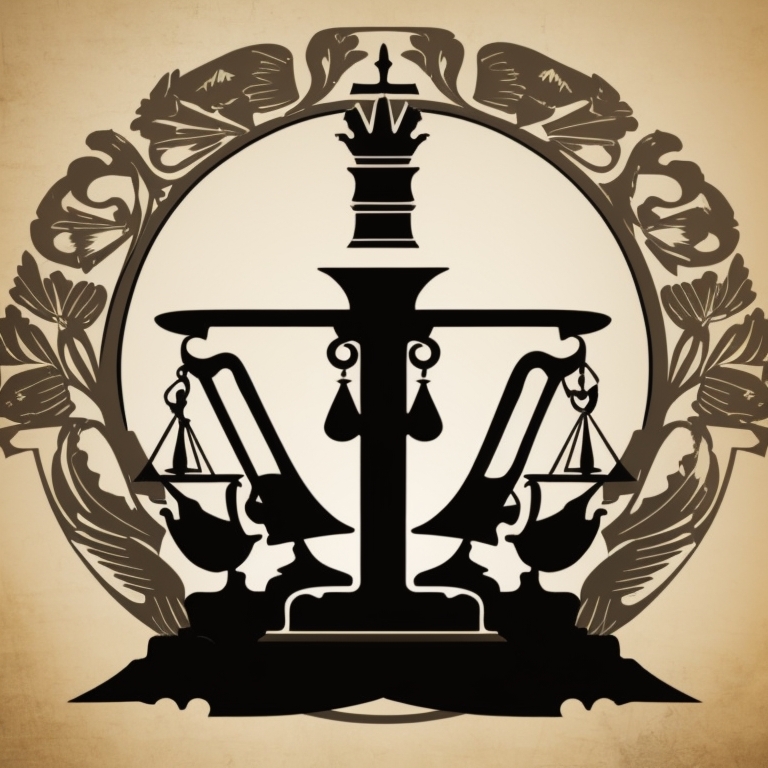
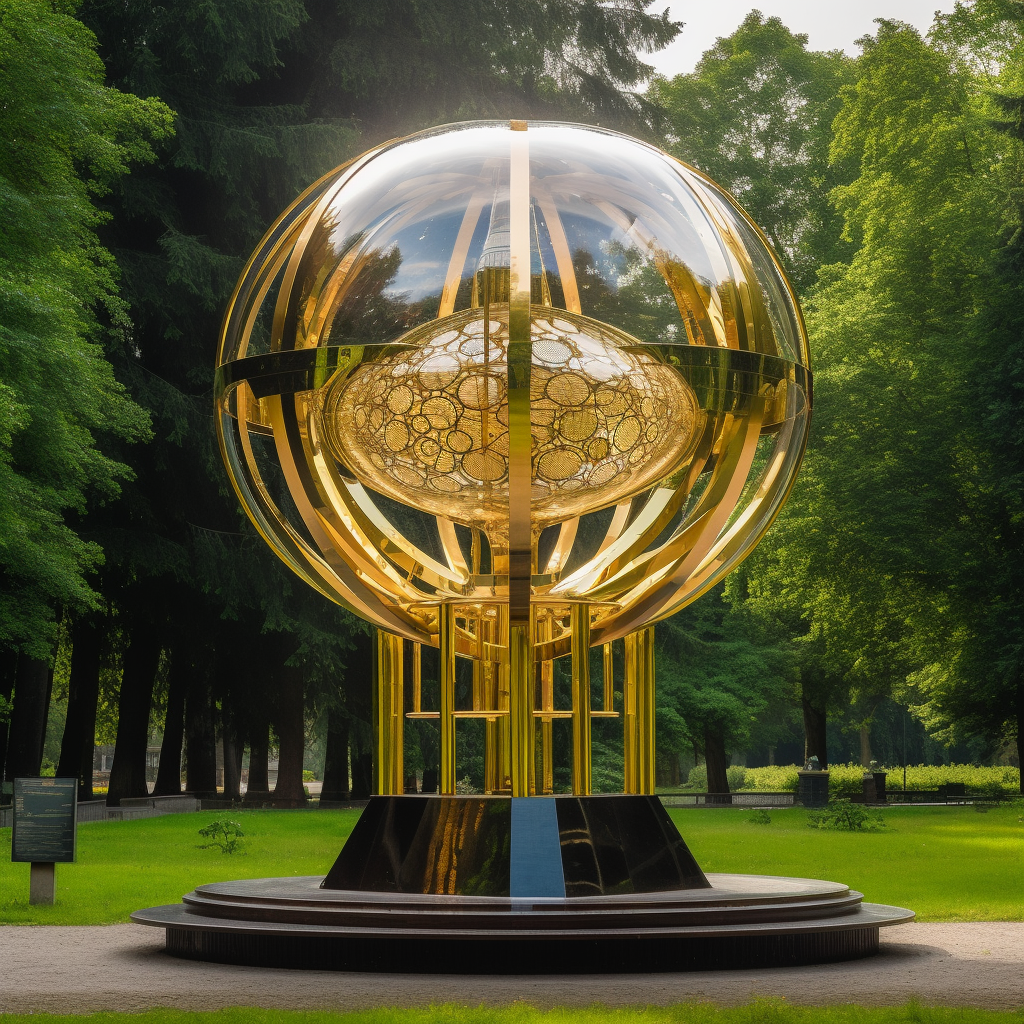




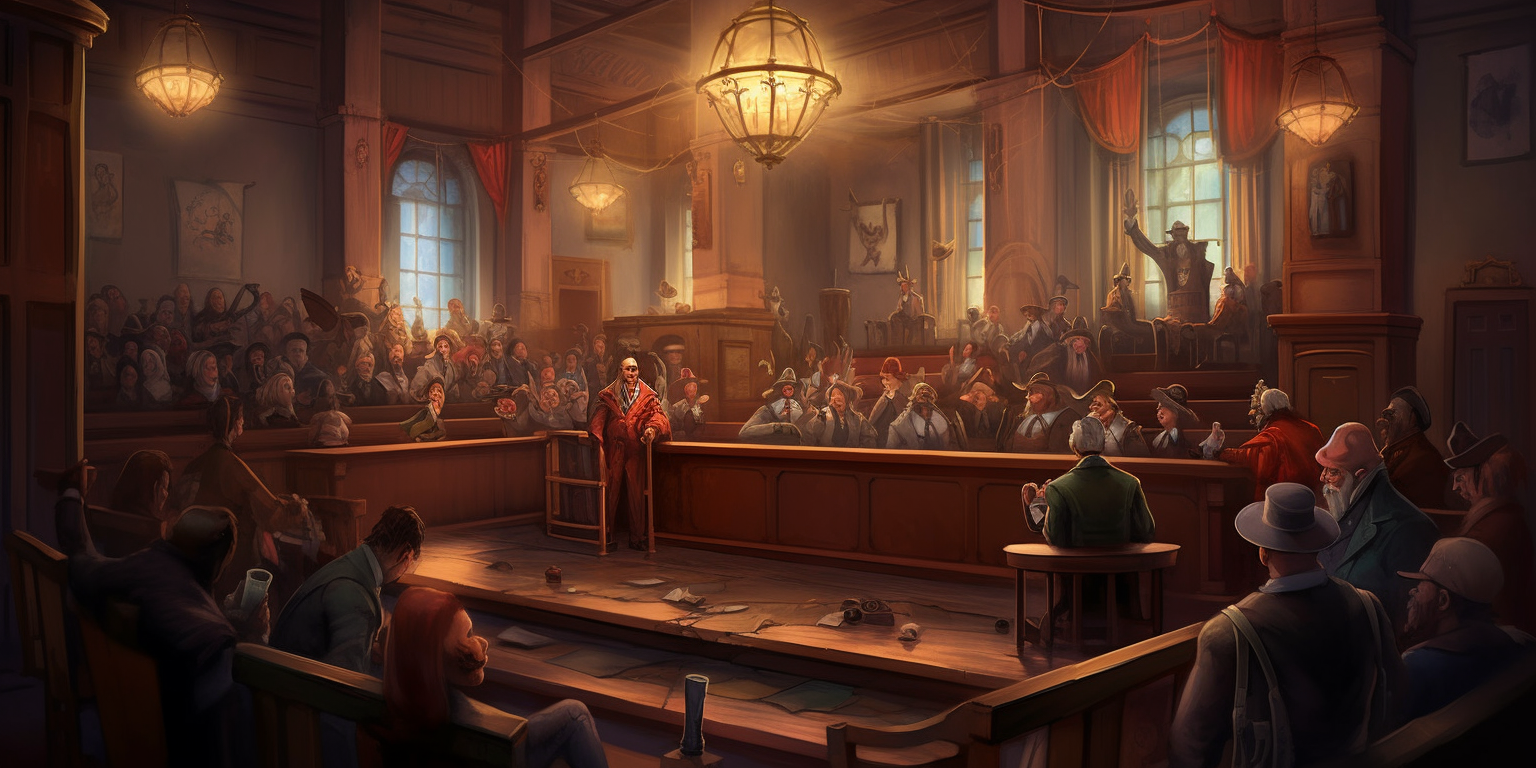






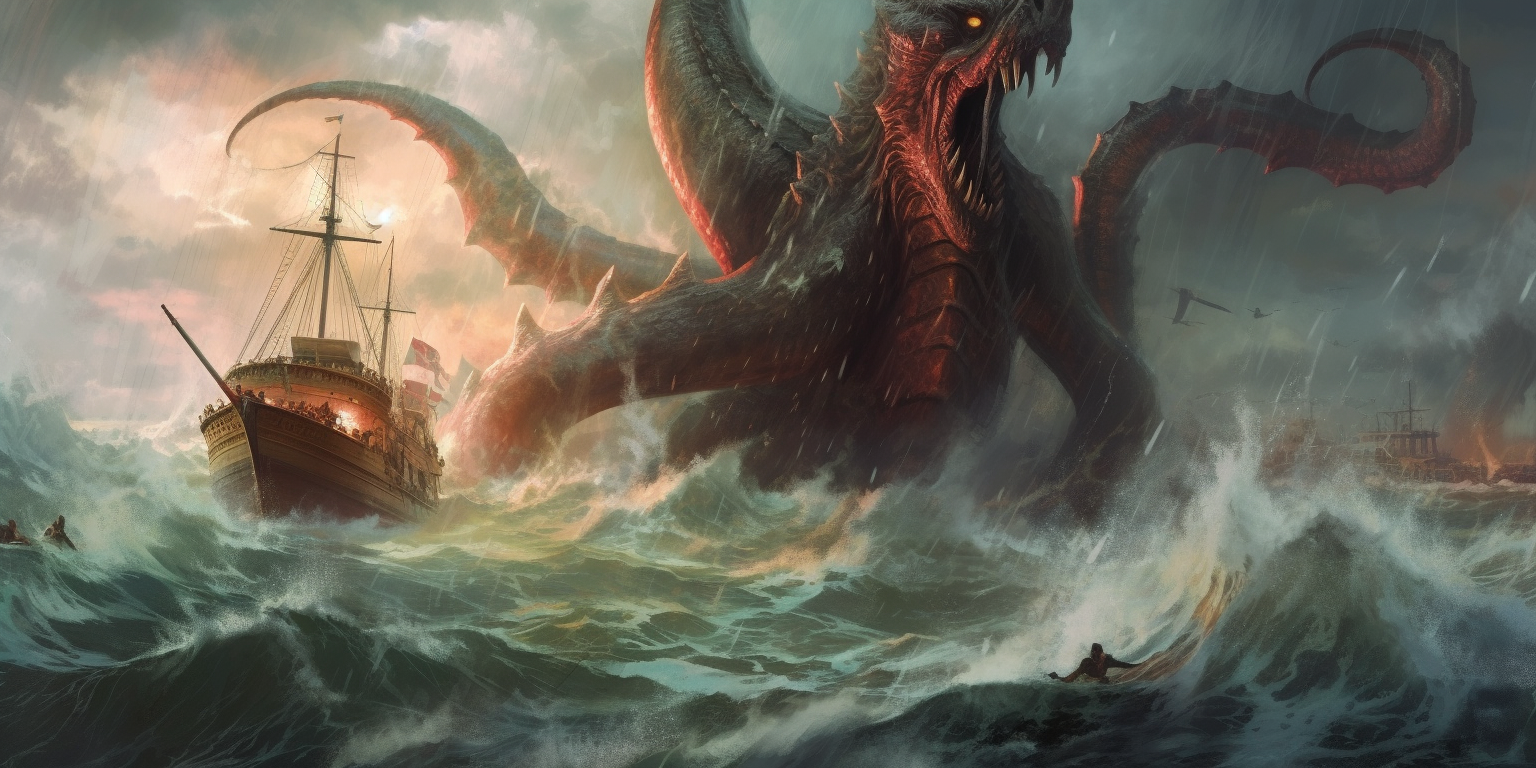

Comments